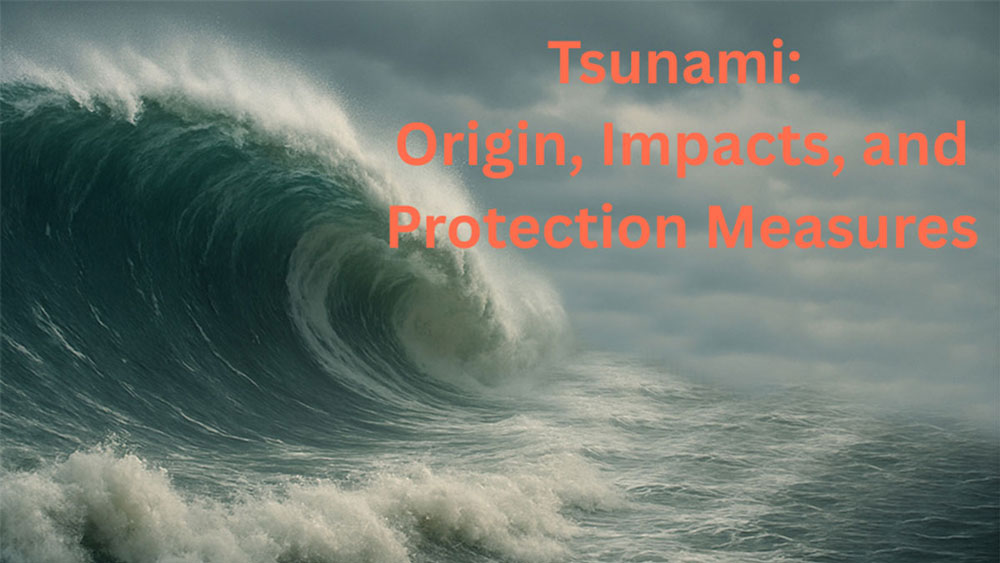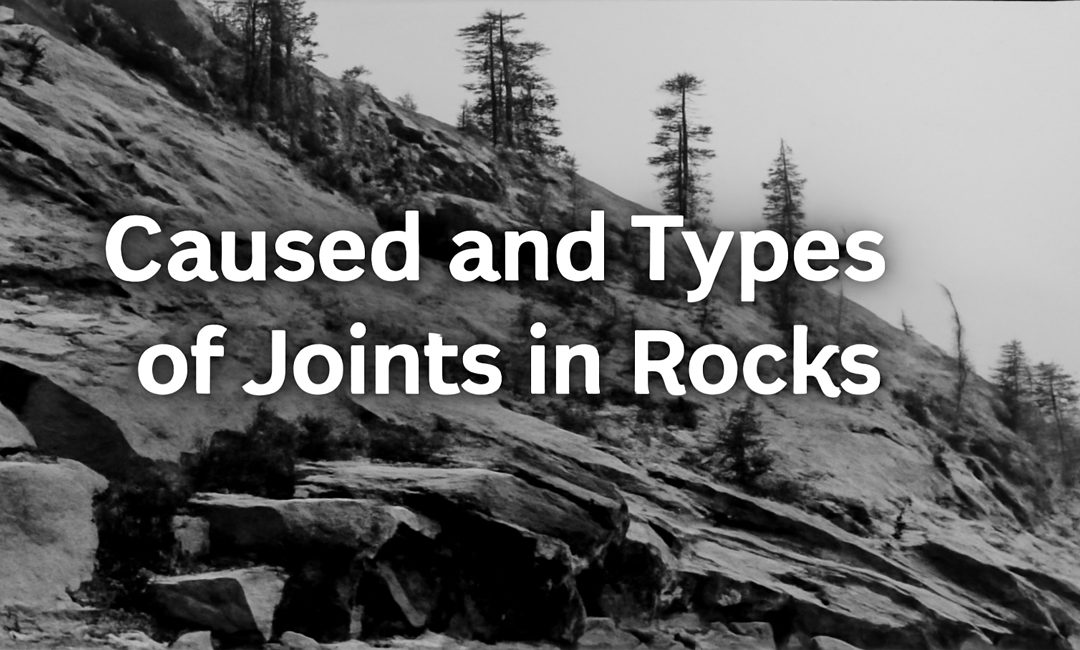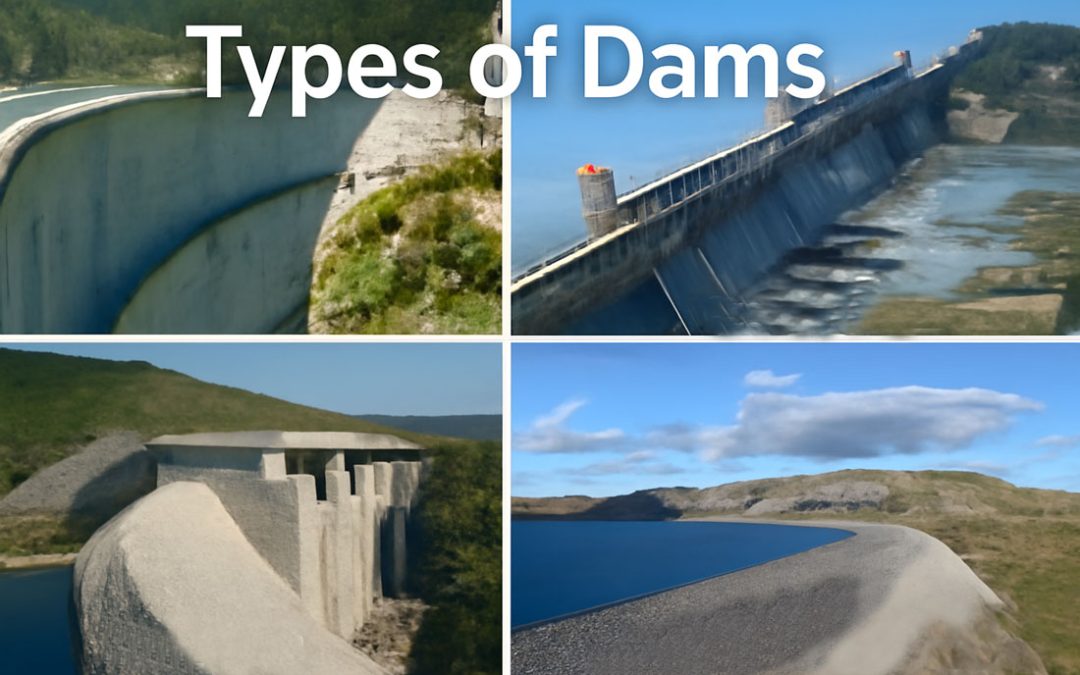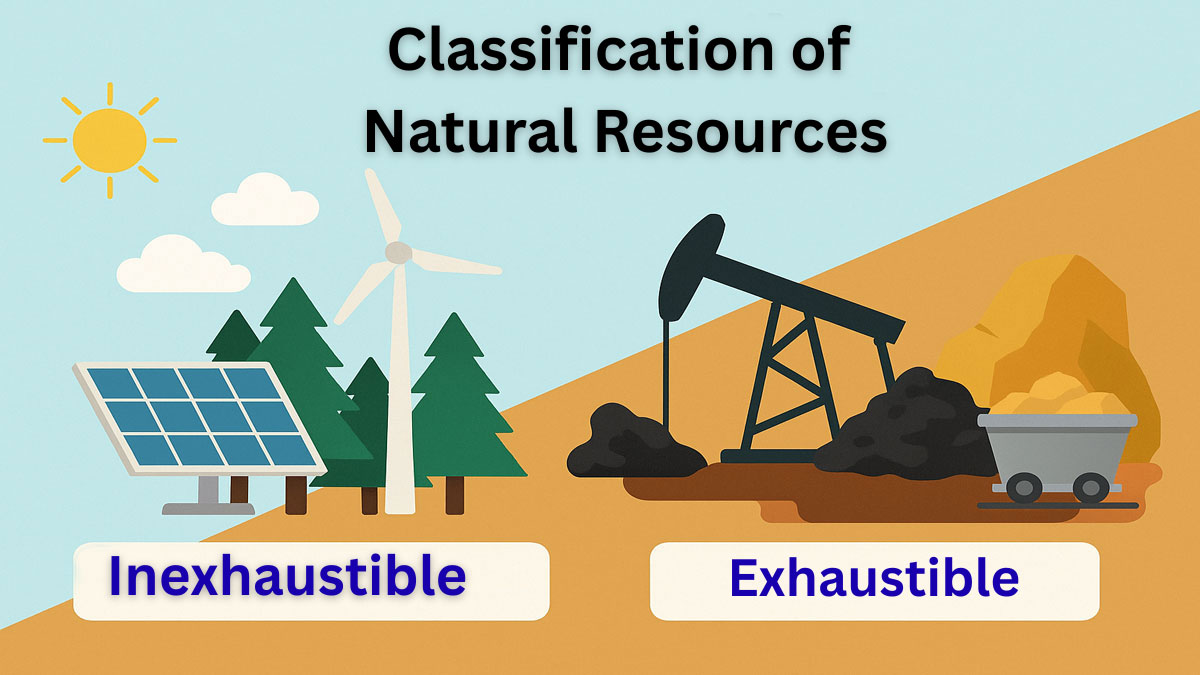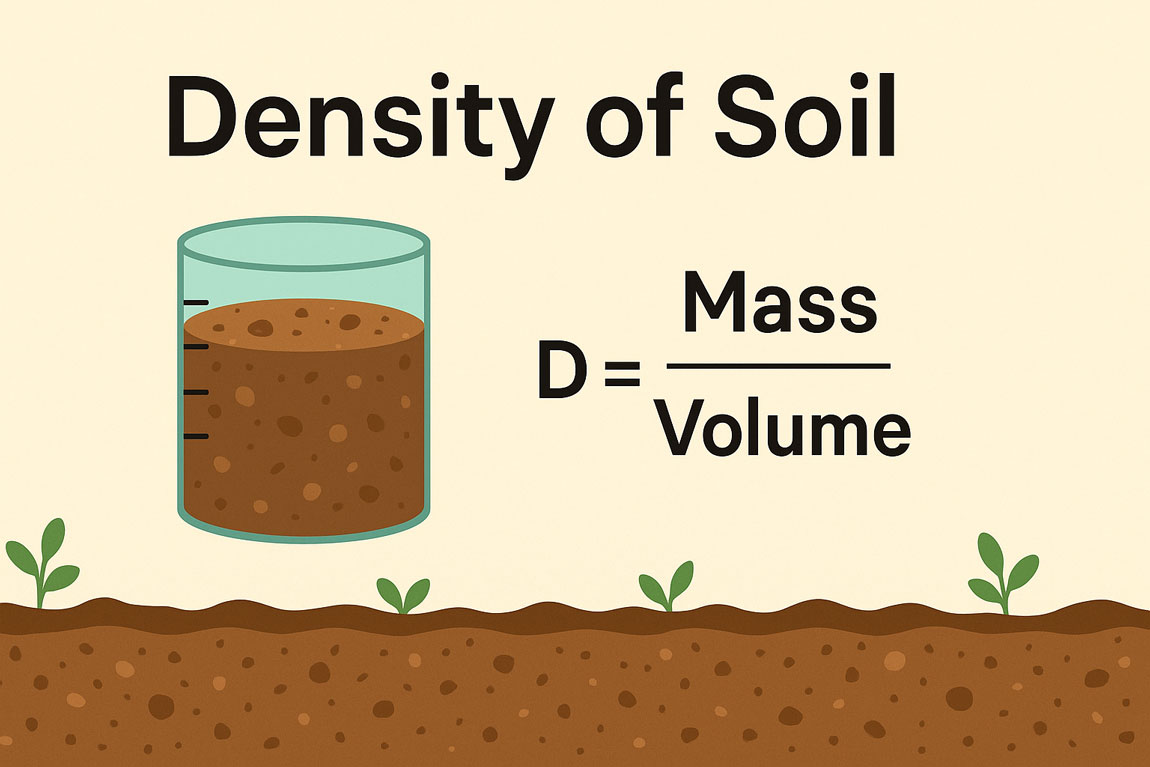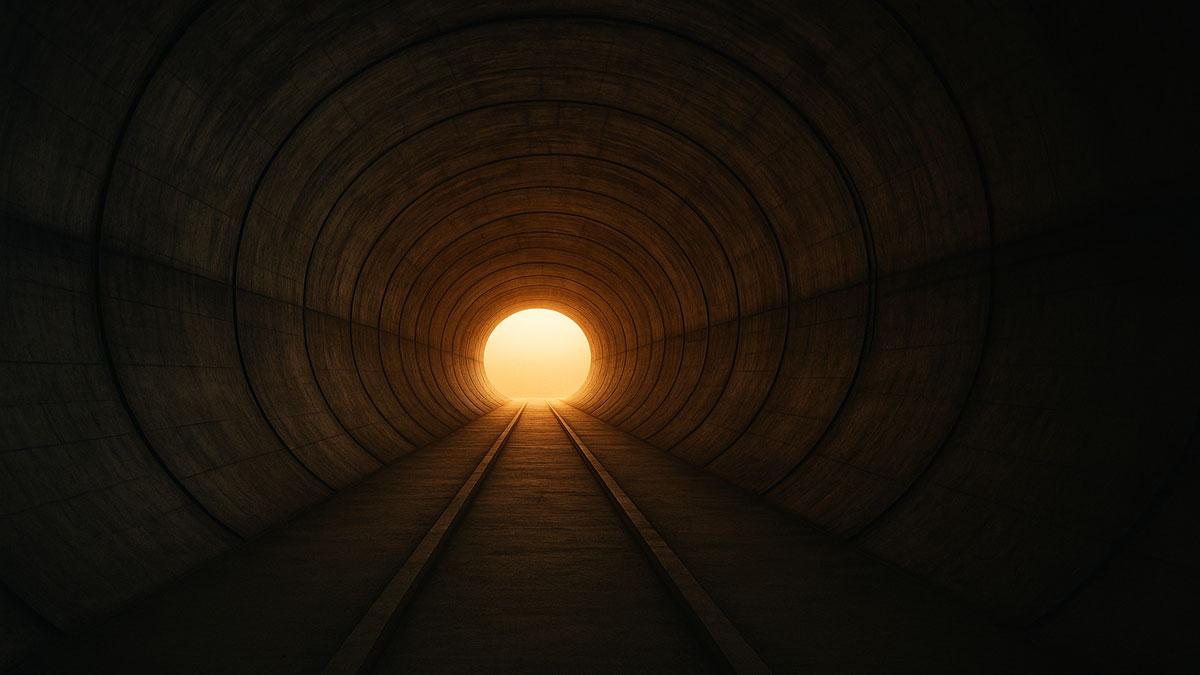
by Gelogia Team | Jul 28, 2025 | Hydrology, Physical Geology & Geomorphology
A tsunami is one of nature’s most powerful and destructive forces, causing immense devastation along coastal regions. Unlike ordinary tidal waves, tsunamis are triggered by undersea earthquakes, volcanic eruptions, or seabed movements. These events send high-speed...

by Gelogia Team | Jul 27, 2025 | Petrology, Physical Geology & Geomorphology, Structural Geology
Joints are natural cracks or fractures in rocks that form when stress exceeds the rock’s strength. Unlike faults, they show little or no movement along the fracture. Joints typically appear in sets with regular patterns and result from factors like rock type, stress...

by Gelogia Team | Jul 26, 2025 | Economic Geology
Metallic minerals are essential resources for industrial and economic development. Found in various forms across geological formations, these minerals, such as gold, iron, copper, and others, contribute to sectors such as construction, manufacturing, electronics, and...

by Gelogia Team | Jul 25, 2025 | Hydrology, Physical Geology & Geomorphology
Types of dams are classified based on construction materials and site conditions, each serving different engineering and environmental needs. The main types—concrete, masonry, rock-fill, and earth dams—store water, control floods, support irrigation, and generate...

by Gelogia Team | Jul 24, 2025 | Mineralogy
The physical characteristics of minerals are essential traits used to identify and classify them accurately. These characters offer insights into a mineral’s behavior, structure, and properties under various conditions. Below is a detailed breakdown of the important...
